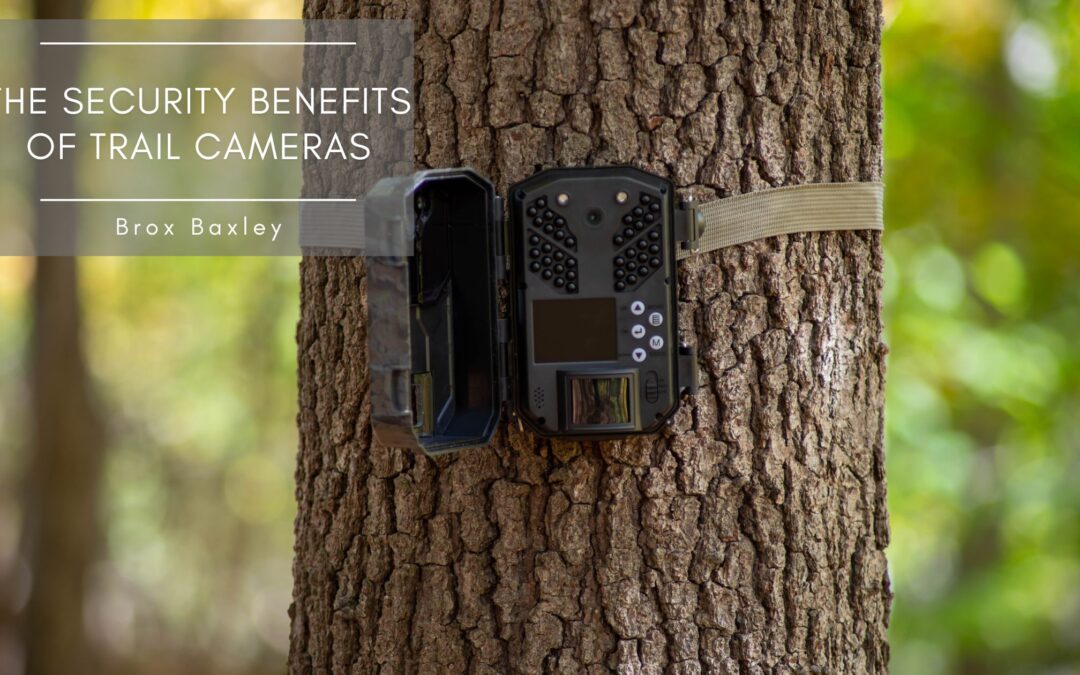In an era of paramount security concerns, trail cameras have emerged as invaluable tools for safeguarding properties, monitoring wildlife, and enhancing overall security. Initially designed for tracking games in the wilderness, these compact devices have found their way into various applications beyond hunting, offering a range of security benefits for both residential and commercial settings. Let’s delve into the world of trail cameras and explore their significance in bolstering security.
- Remote Monitoring: One of the most significant advantages of trail cameras is their ability to monitor designated areas remotely. Equipped with motion sensors and night vision capabilities, these cameras can detect movement and capture high-resolution images or videos, allowing property owners to keep a vigilant eye on their surroundings from afar.
- Deterrent Effect: The mere presence of trail cameras can deter potential intruders or trespassers. Knowing that their activities are being recorded can discourage individuals from engaging in unlawful behavior, reducing the risk of security breaches and unauthorized property access.
- Evidence Collection: Trail cameras are invaluable tools for gathering evidence in the unfortunate event of a security incident. Whether it’s capturing footage of suspicious individuals, documenting wildlife activity, or recording environmental conditions, the recorded data can provide crucial insights for investigations and law enforcement purposes.
- Wildlife Monitoring: Beyond security applications, trail cameras also play a vital role in wildlife monitoring and conservation efforts. By capturing images of wildlife species, behavior patterns, and habitat usage, these cameras contribute to scientific research and environmental management initiatives, fostering a better understanding of ecological dynamics.
- Versatility: Trail cameras are highly versatile devices that can be deployed in various environments and scenarios. Whether installed on residential properties, hunting grounds, construction sites, or remote wilderness areas, these cameras adapt to diverse settings and provide reliable surveillance capabilities.
- Easy Installation and Maintenance: Unlike traditional surveillance systems, trail cameras are easy to install and require minimal maintenance. With wireless connectivity options and long-lasting battery life, they offer hassle-free operation. They can be strategically positioned to cover critical areas without complex wiring or infrastructure.
- Cost-Effective Security Solution: Trail cameras offer a cost-effective security solution for individuals and organizations with budget constraints compared to elaborate security systems and manned surveillance services. Their affordability and effectiveness make them accessible to many users seeking to enhance their security posture.
Conclusion:
Trail cameras have emerged as indispensable tools for improving security, monitoring wildlife, and safeguarding properties in today’s dynamic security landscape. With their remote monitoring capabilities, deterrent effect, evidence collection features, and versatility, these compact devices offer various benefits for residential, commercial, and environmental applications. Whether used to deter intruders, document wildlife activity, or gather evidence of security incidents, trail cameras are vital in bolstering security measures and promoting safety in various settings.

